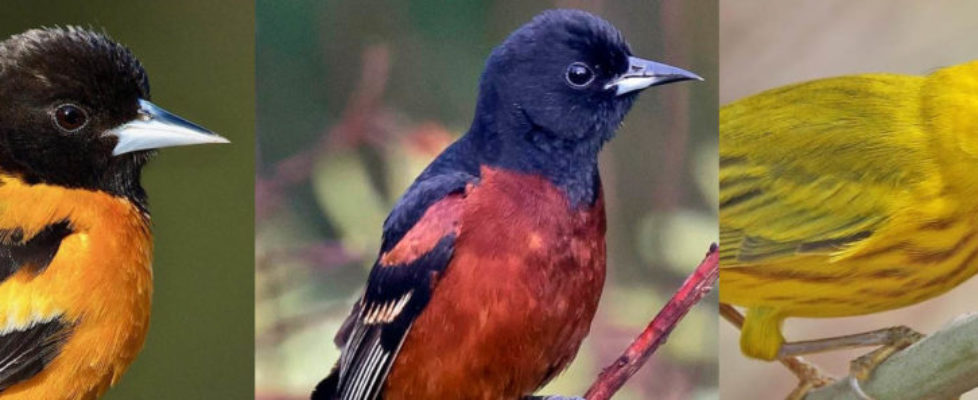Spring Mosaic
For many of us, the past weeks of spring migration have been glorious, a bounty of warblers, tanagers, and dozens of other species passing through on their way north. By now, though, migration has ebbed…as have the daily jaunts of many local birders.
Yet even compared to the excitement of peak migration, I think what happens next is more fascinating. For those species that do stay in our area to nest, this is the time to divide up and share territories. In doing so, they create one of nature’s most exquisite patterns, a mosaic that deserves the effort needed to witness it in all its beauty.
This spring, my wife and I have spent much of our time at Croton Landing Park. Comprised of a succession of small habitats—riverside, beach, field, cattail marsh, fields with scattered tall trees, forest patches—this little park provides a welcoming home for an intriguing diversity of species.
Some need no effort at all to see. Robins hop, Grackles stalk, and Mourning Doves stroll on the lawns, and there seem to be a singing (or mocking) Song Sparrow and Northern Mockingbird perched atop a bush or fence every ten feet along the path.
But other species aren’t so easy to spot, especially as the bushes and trees fill in with dense foliage. Therefore, if you want to see and try to understand the mosaic laid out before you, it’s important to have some knowledge of the resident birds’ songs.
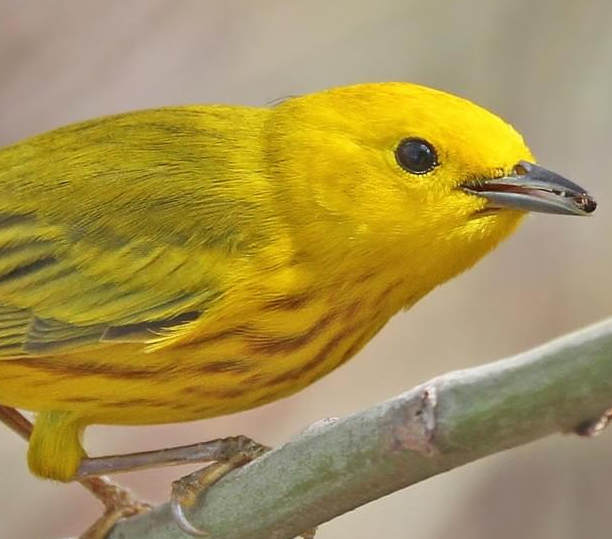
One bird most easily found by ear at Croton Landing is the Yellow Warbler whose staccato notes are easily heard near the little marsh and elsewhere along the path. Using them to guide you, a closer look may well reveal the tiny bird flitting around the brush, a spot of bright yellow (or at least yellow-olive) against the green.
Another diminutive resident, the Warbling Vireo, is far harder to spot. Even up close, these mostly gray birds are nondescript at best. Add in the fact that they tend to stay high up in tall trees, and their presence is easy to miss
That is, unless you know their long and bubbly song, which usually ends with a declarative “chip!” Even if you don’t see the birds themselves, listen and you will learn that vireos have made their homes in nearly every one of the tall cottonwoods scattered along the Croton Landing path. (Aren’t familiar with cottonwoods? During the next few weeks, just look for the trees that are “snowing.”)
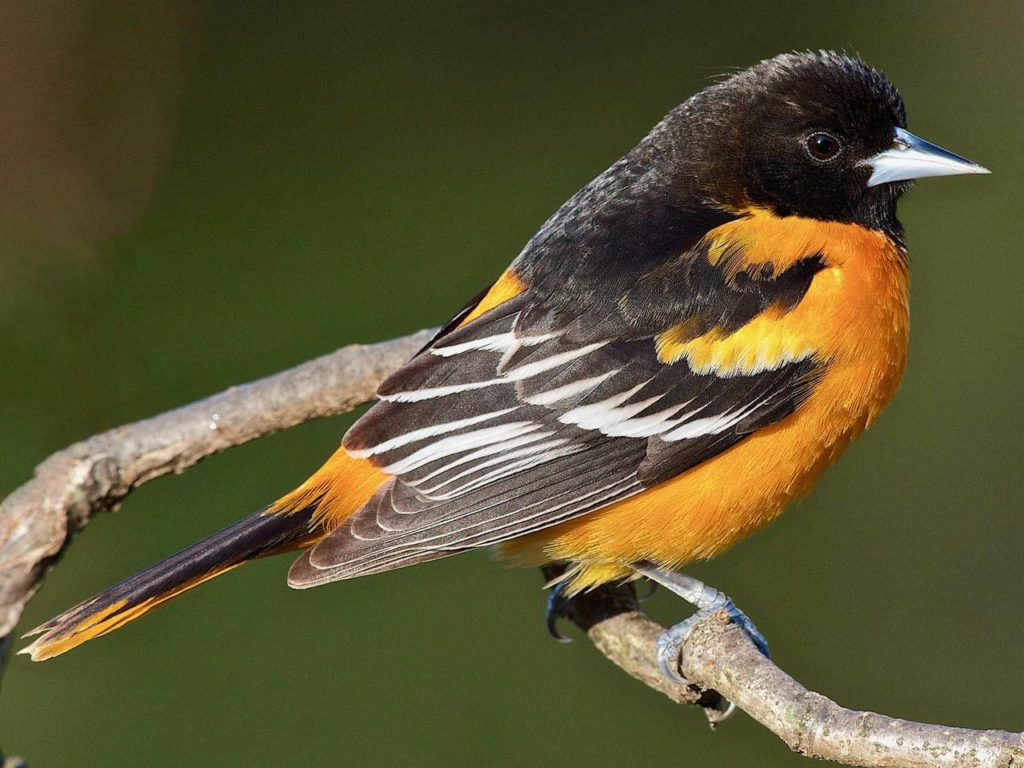
When seen, most easily earlier in the spring when the foliage is sparser, Baltimore Orioles are unmistakable. Yet by looking for the source of their loud, liquid calls, you can glimpse that splash of orange even now in the mature trees where they build their sock-shaped nests.
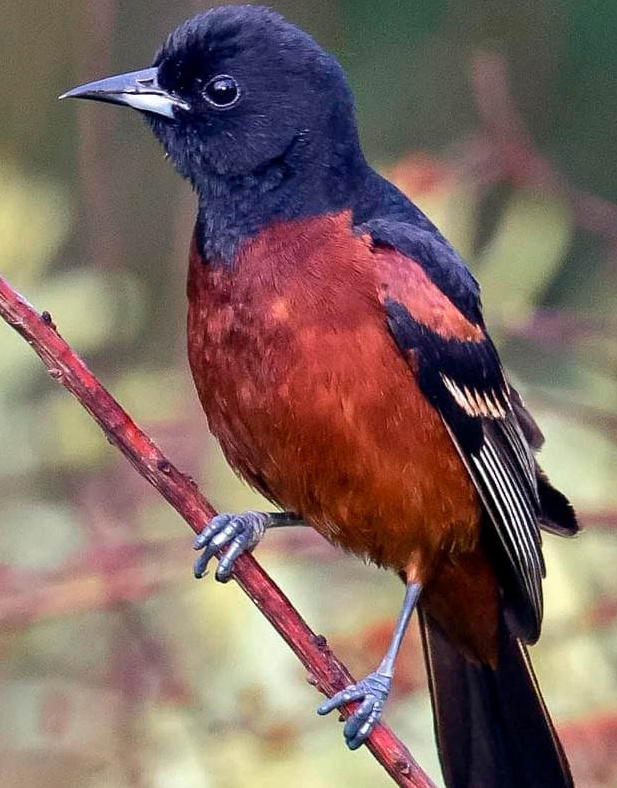
Meanwhile, their more subtly colored cousin, the chestnut-and-black Orchard Oriole (whose song is also quieter and more subtle than Baltimore’s) also appears to have found a home here. They can be heard and, with luck, glimpsed, in the trees surrounding the cattail marsh.
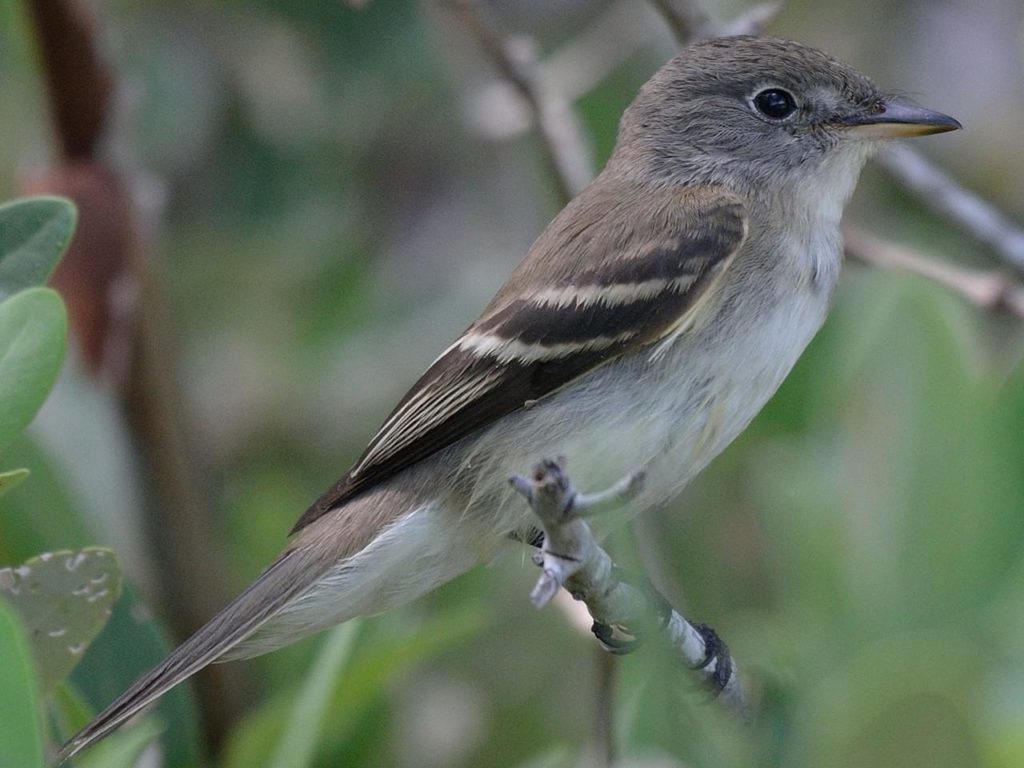
The marsh’s surroundings are also home to a bird Sharon and I were excited to identify this spring: the Willow Flycatcher. Part of a notoriously hard-to-distinguish genus, Empidonax, some of whose species can be told apart pretty much only by song, the Willows at Croton Landing have been helpfully vocal. Listen for something that sounds a bit like a sneeze (“Fitz-BEW!”) and then see if you can spot the small, dapper gray bird making it. (Willows, like most flycatchers, are not shy, often perching in plain view to emote.)
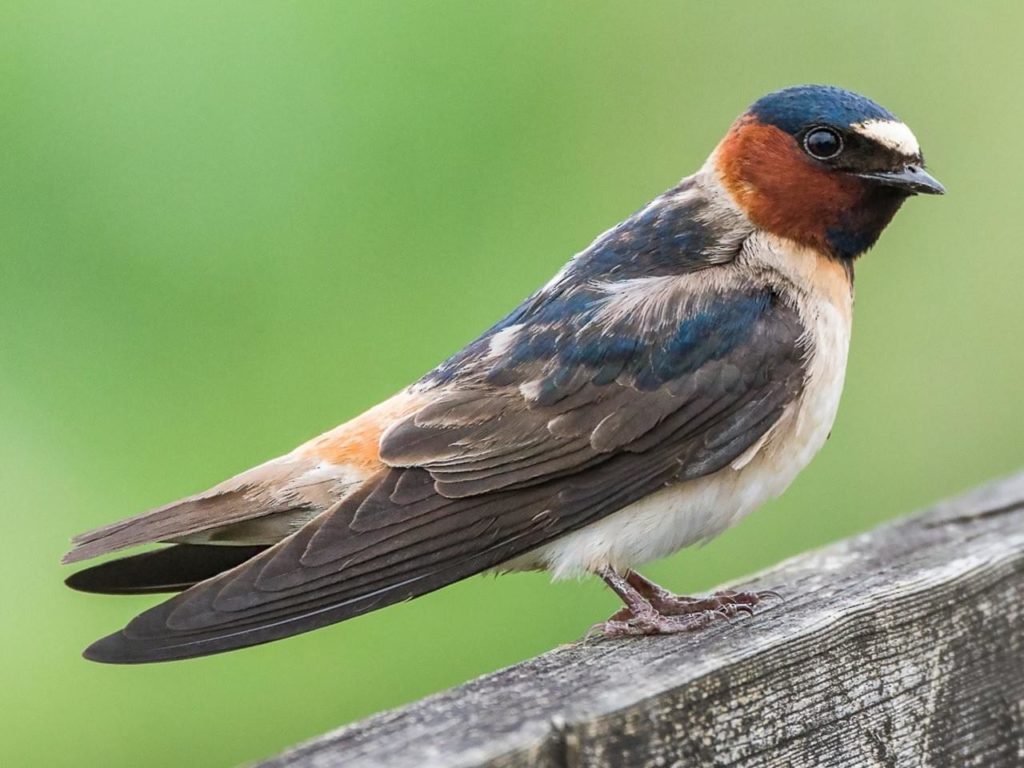
One species at Croton Landing reveals itself—and its breeding habits—through its unexpected behavior. At the north end of the park, Cliff Swallows congregate on the mudflats that border the river. In an unusual sight among a group of birds that are typically so aerial, they perch on the ground, fluttering their wings and jabbing at the mud with their sharp beaks.
These swallows are not eating: Like the Barn, Tree, and other swallows also found here, they feed on the wing. They’ve landed to gather mud for their elegantly constructed, globular nests, which they are likely building in nearby culverts or on tunnel underpass walls.
In doing so, alongside the other species that nest in our ever-more-crowded region, Cliff Swallows form a crucial piece of the colorful mosaic that characterizes this place in this rich season.
Copyright © 2020 by Joseph Wallace
Links for more information on the birds mentioned above:
Yellow Warbler: https://www.allaboutbirds.org/guide/Yellow_Warbler
Warbling Vireo: https://www.allaboutbirds.org/guide/Warbling_Vireo
Baltimore Oriole: https://www.allaboutbirds.org/guide/Baltimore_Oriole
Orchard Oriole: https://www.allaboutbirds.org/guide/Orchard_Oriole
Willow Flycatcher: https://www.allaboutbirds.org/guide/Willow_Flycatcher
